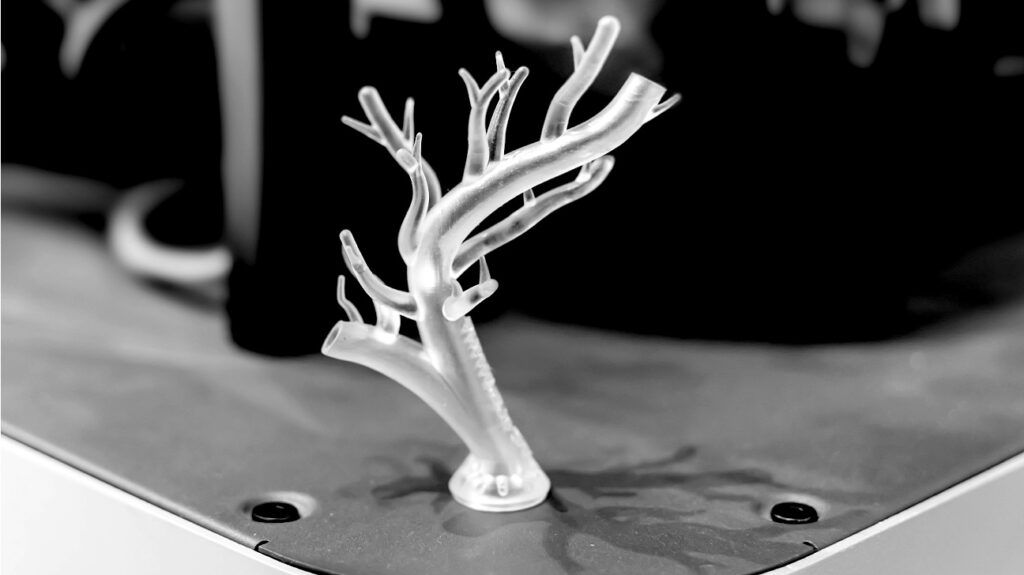Advanced Neuropixels Probe Enables Large-Scale Neural Recording in Non-Human Primates

A new high-density Neuropixels probe enables comprehensive, brain-wide neural recordings in non-human primates, advancing neuroscience research on large animal brains.
Recent advancements in neural recording technologies have significantly enhanced our ability to study complex brain functions in large animals, including non-human primates. A groundbreaking development is the Neuropixels 1.0 NHP probe, a high-density silicon device designed specifically for brain-wide neural monitoring in macaques and similar species. Unlike earlier probes limited by length and design, this new device features a 54-mm-long monolithic silicon shank with a width of 125 µm and a thickness of 90 µm, allowing direct access to deep brain structures.
Equipped with 4,416 recording sites distributed along its full length, the probe can target multiple brain regions simultaneously, with selectable 'banks' of 384 channels each, enabling high-resolution, multi-area neural recordings. Its design incorporates a sharpened, beveled tip to facilitate penetration through the tough primate dura mater, and the ability to switch between banks permits researchers to decouple probe positioning from data collection, optimizing neural survey efforts.
The device's fabrication involved innovative techniques such as stitching to produce larger-than-standard probes, stress compensation layers to prevent bending, and widened internal wires to reduce resistance and noise. These engineering solutions have made the probe not only more capable but also more cost-effective, with total system costs estimated between US$7,000 and US$15,000.
Researchers demonstrated the utility of the Neuropixels 1.0 NHP through various experiments, including large-scale visual cortical mapping, stable recordings during motor tasks across multiple structures, and even high-resolution recording from deep face patches during face recognition tasks. The ability to record single-neuron activity with high fidelity over multiple brain regions paves the way for more comprehensive and unbiased understandings of neural circuits.
Future developments aim at longer-term implantation and integration with intracortical microstimulation capabilities to further advance neurotechnological research. This technology promises to revolutionize investigations into large animal brains, enabling detailed electrophysiological mapping, connectivity studies, and real-time neural activity analysis, thus opening new horizons in neuroscience research.
Stay Updated with Mia's Feed
Get the latest health & wellness insights delivered straight to your inbox.
Related Articles
Breakthrough in Sepsis Prevention: New Pathway Identified by Researchers
Researchers at the University of Saskatchewan have identified a key pathway involving the NRF1 protein that could lead to new treatments for sepsis, a life-threatening condition caused by immune response dysregulation.
Increased Intensity of Opioid Use During the Fentanyl Era
A new study highlights the rising intensity of opioid use during the fentanyl era, emphasizing the importance of monitoring consumption levels to inform public health policies and treatment strategies.
US Childhood Vaccination Rates Decline Once More Amid Rising Exemptions
Childhood vaccination rates in the US have declined again, with exemption rates reaching new highs, raising concerns amid ongoing disease outbreaks. Learn more about the latest vaccination trends and public health implications.
Innovative Approaches to Slowing and Reversing Heart Aging
Scientists have developed a new hybrid biomaterial targeting the extracellular matrix to potentially slow or reverse heart aging, opening new avenues for cardiovascular therapies and heart health maintenance.



